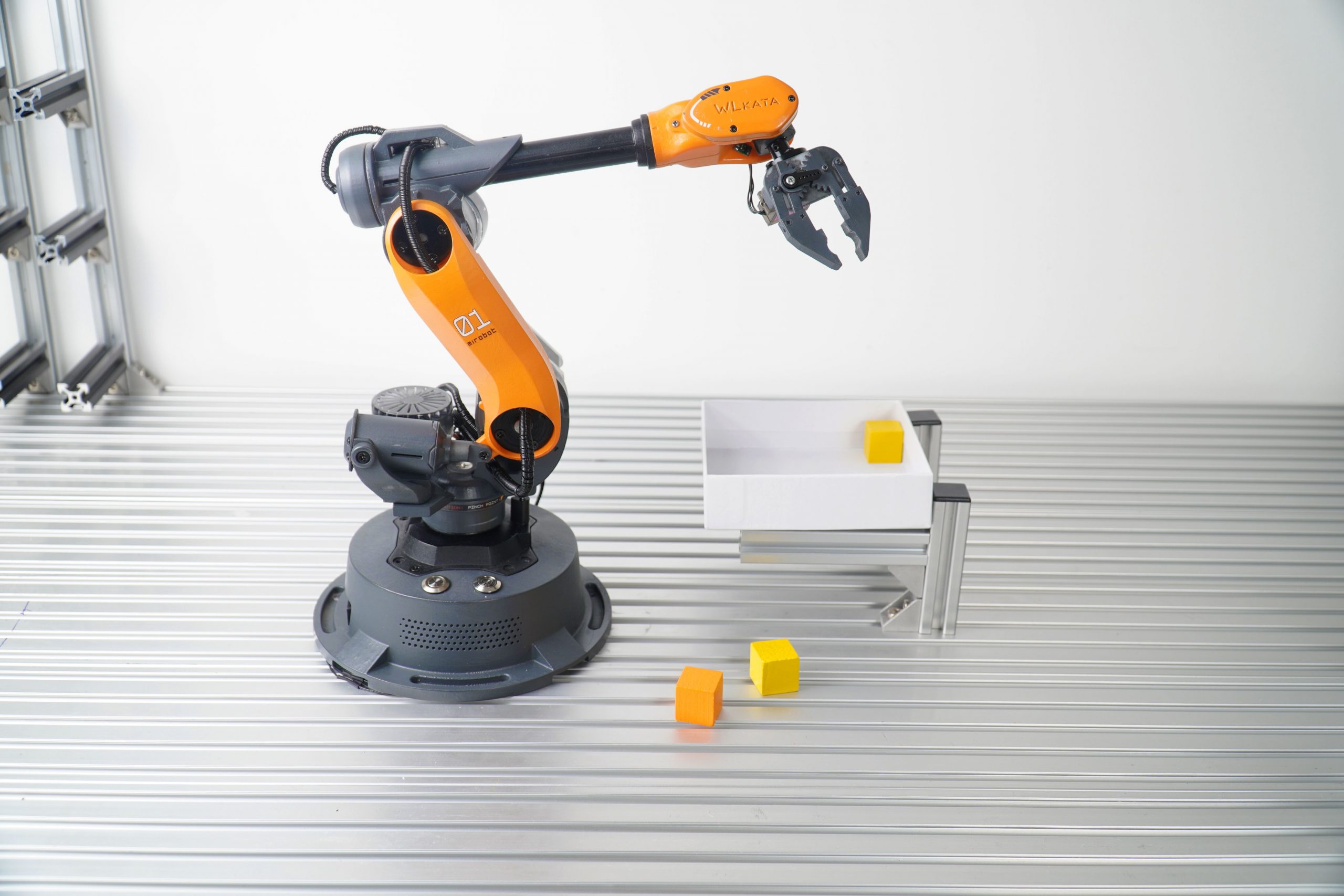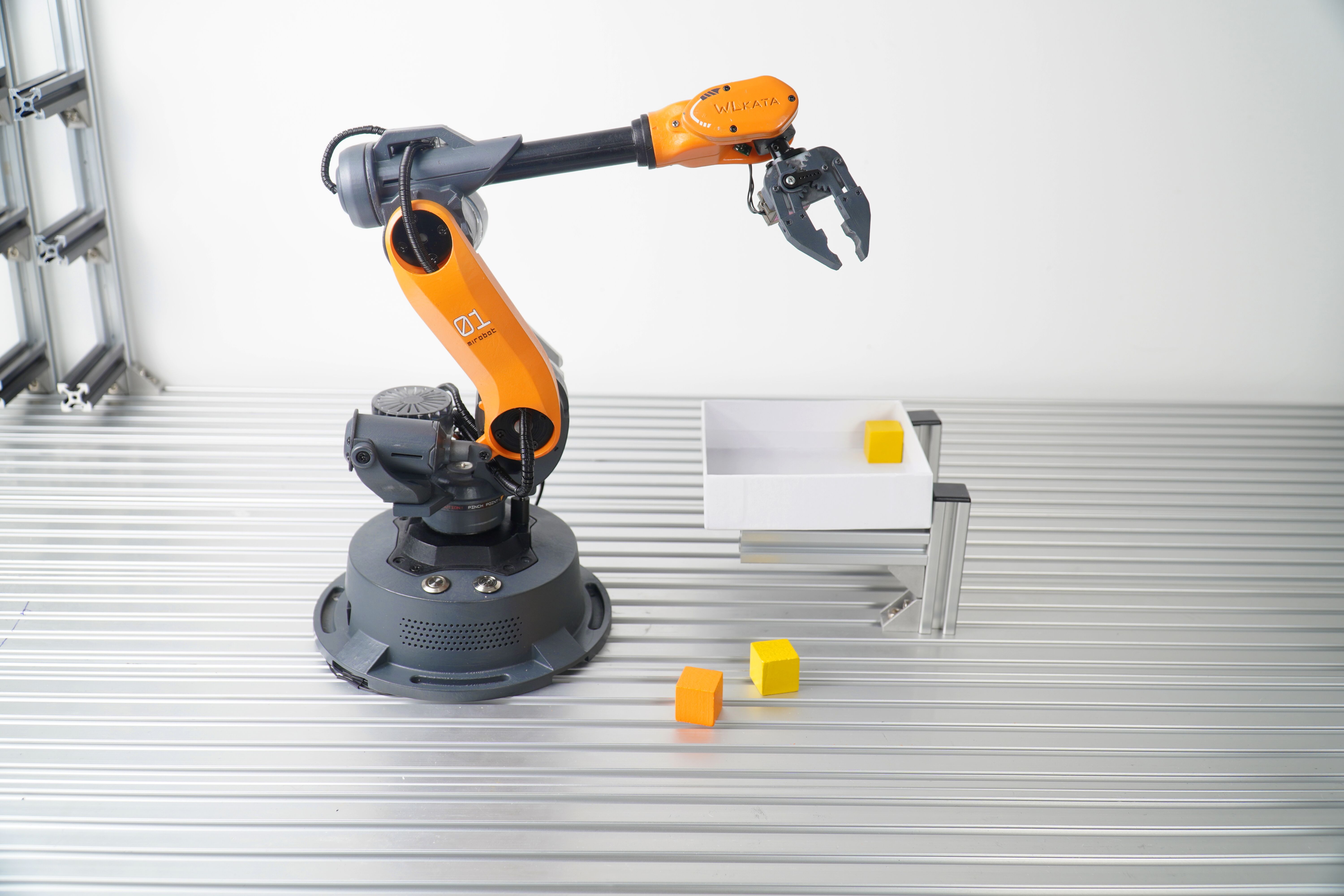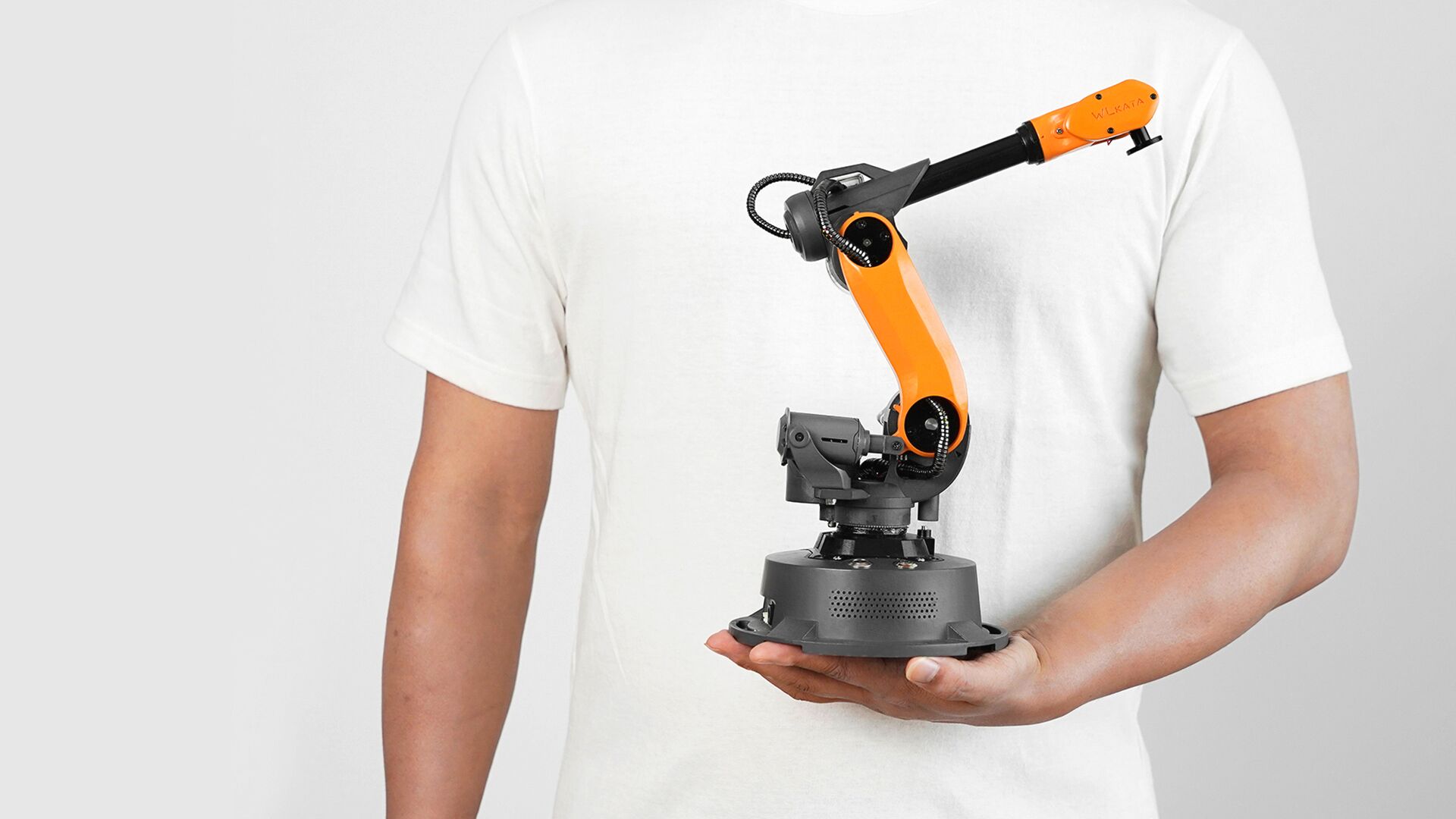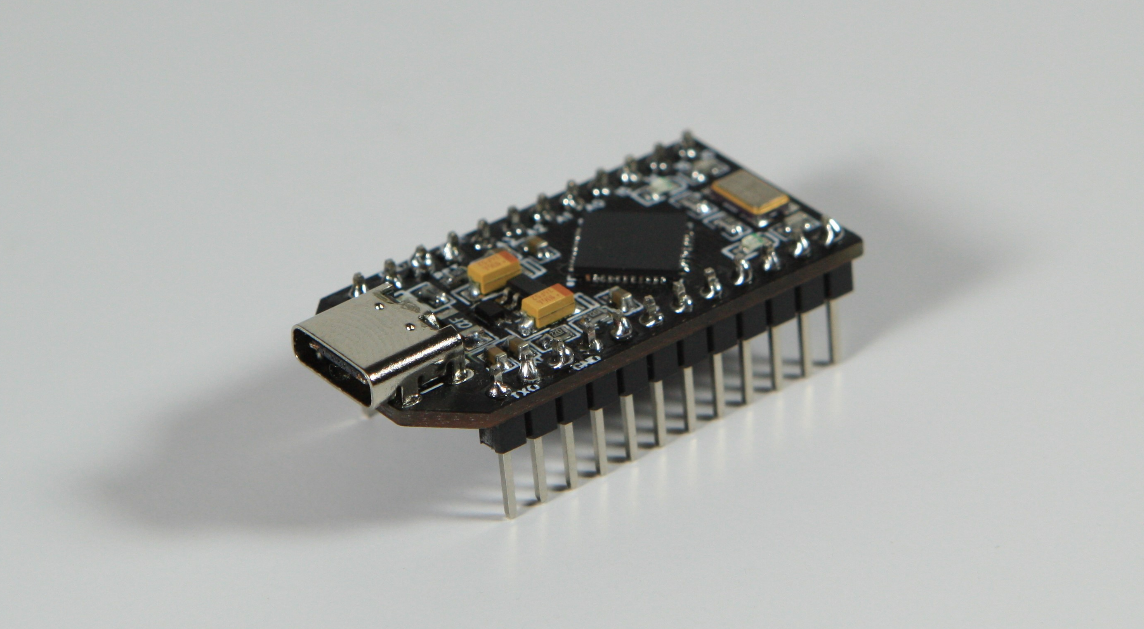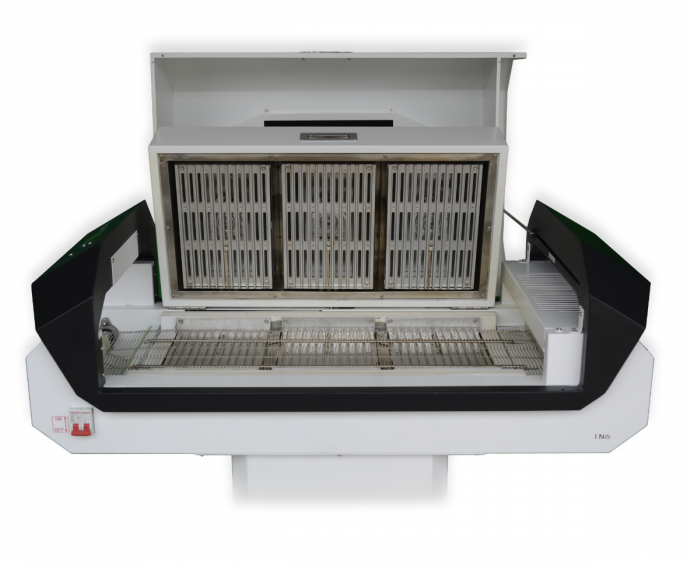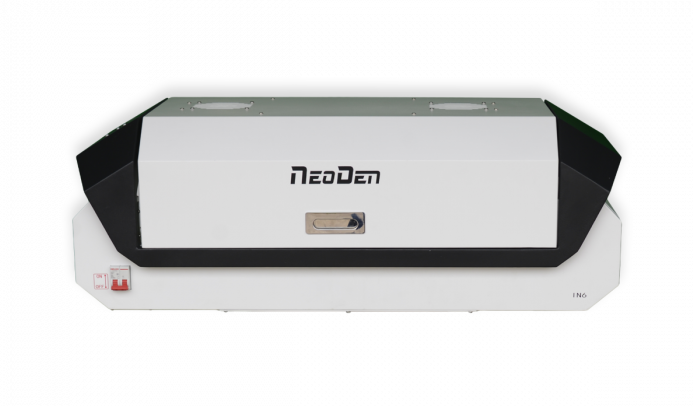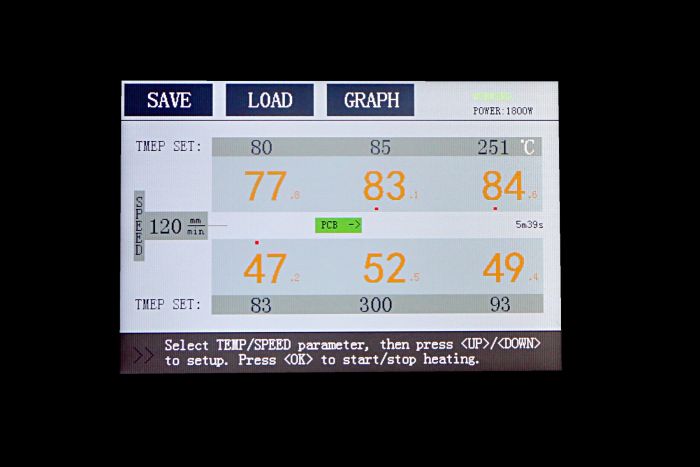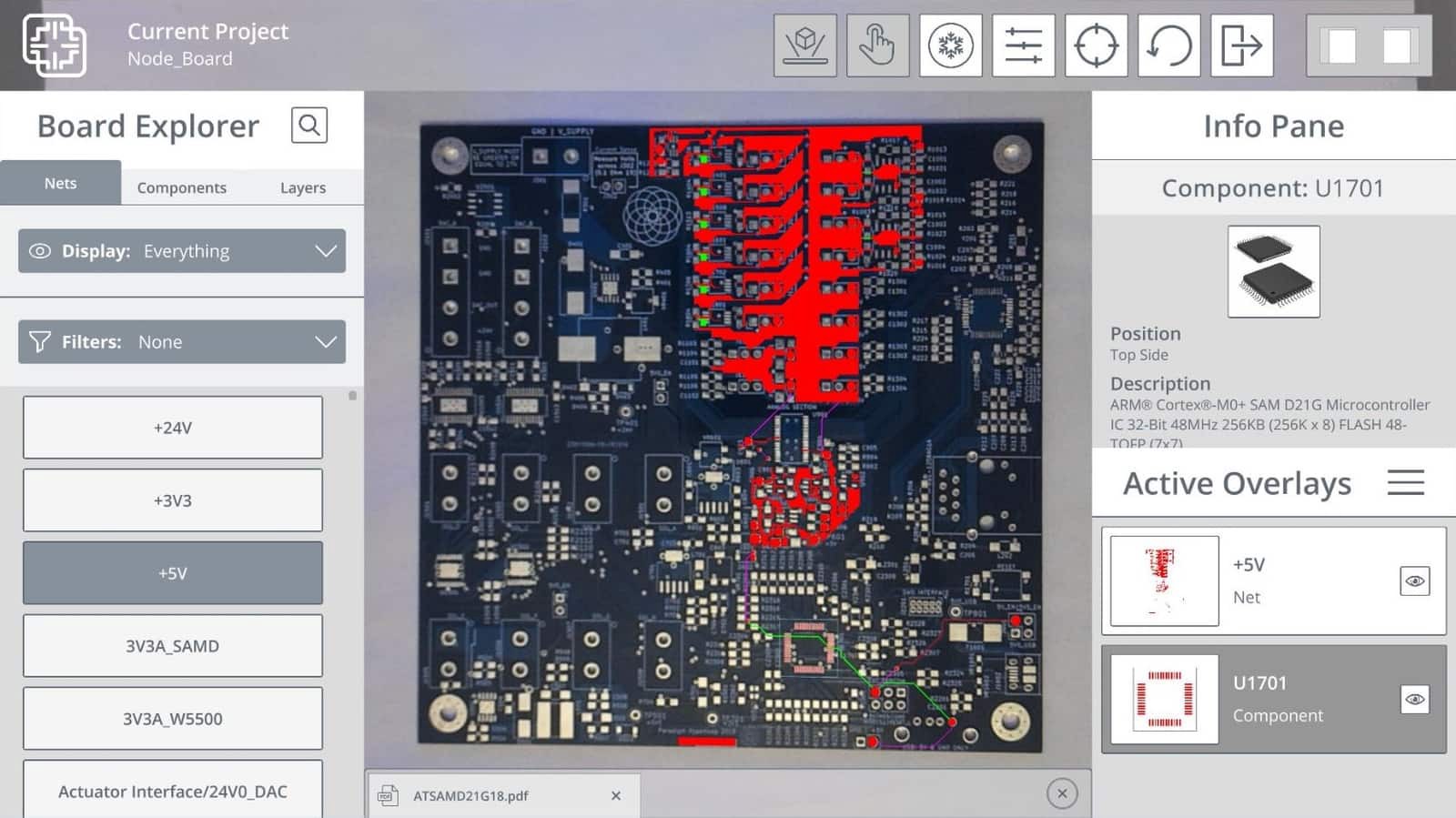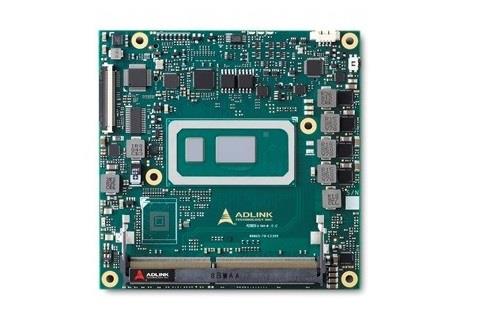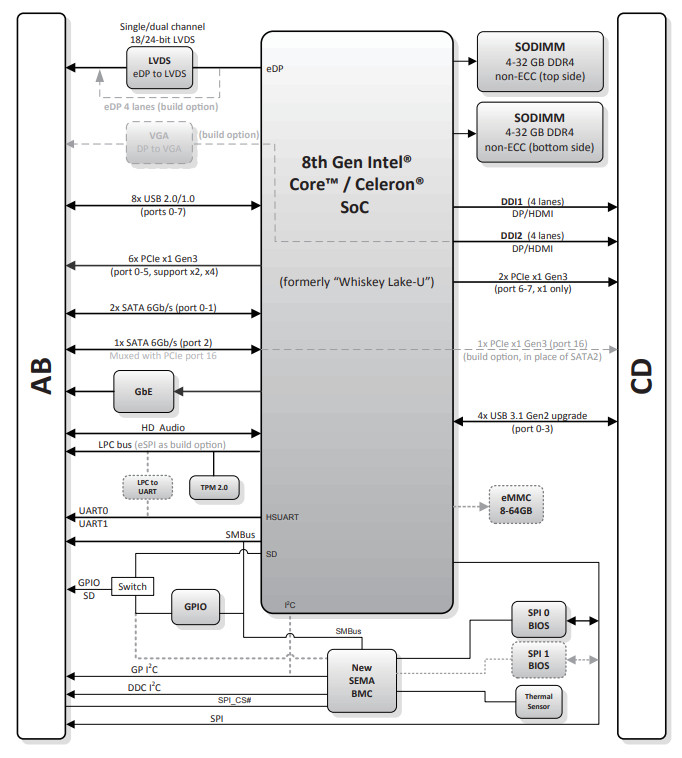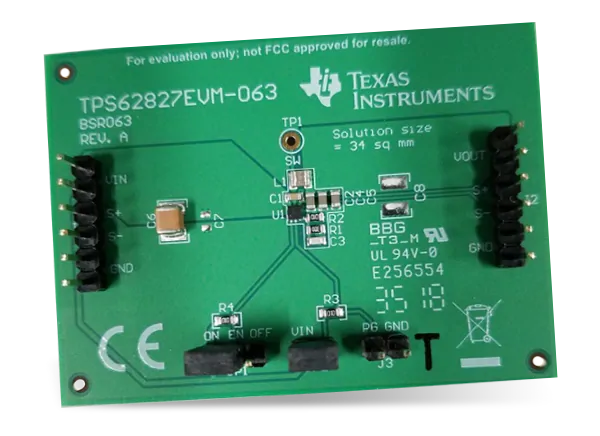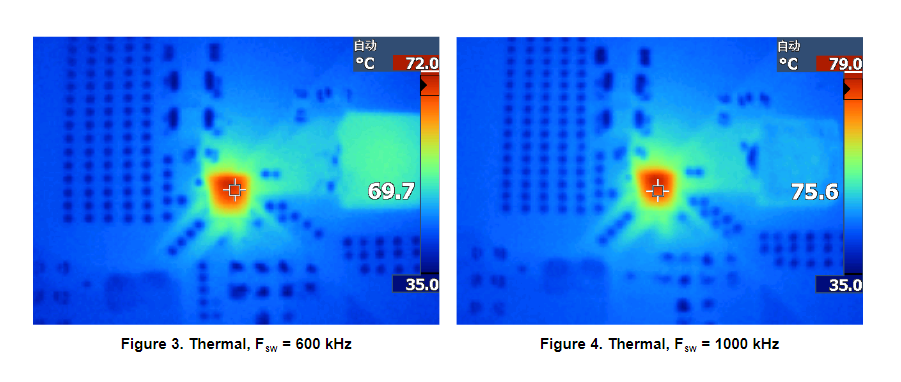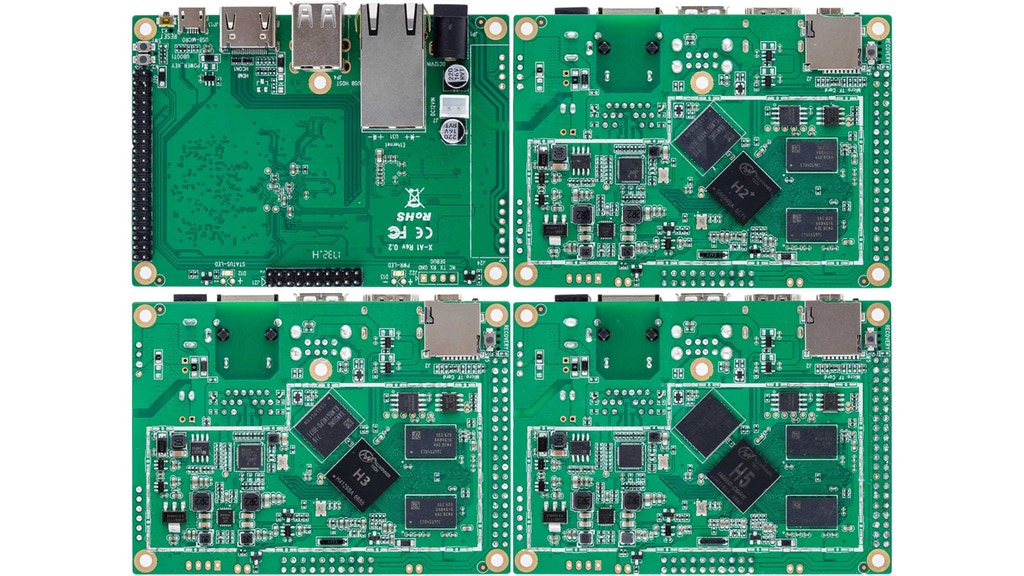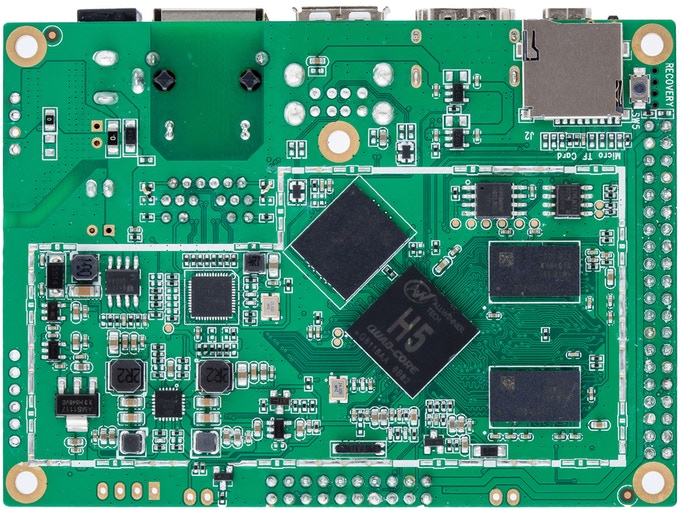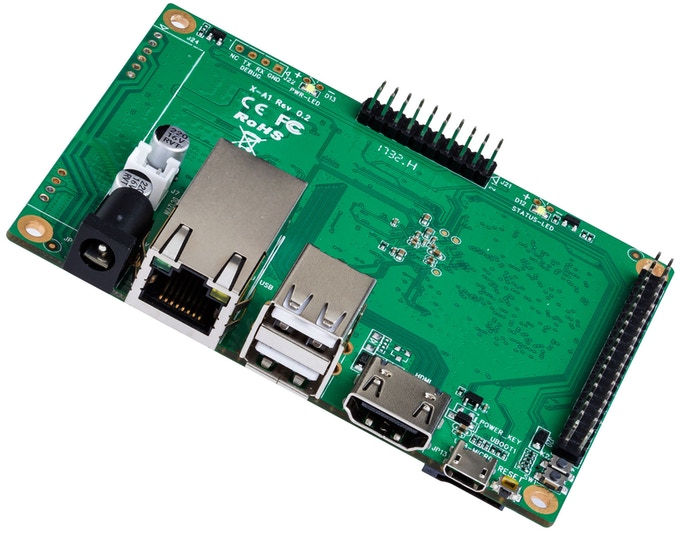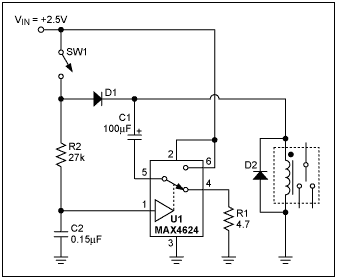Ever wanted a development board which comes complete with a screen like the 16×2 LCD Display? Well, meet PLEX a development board built to satisfy that desire along with extras.
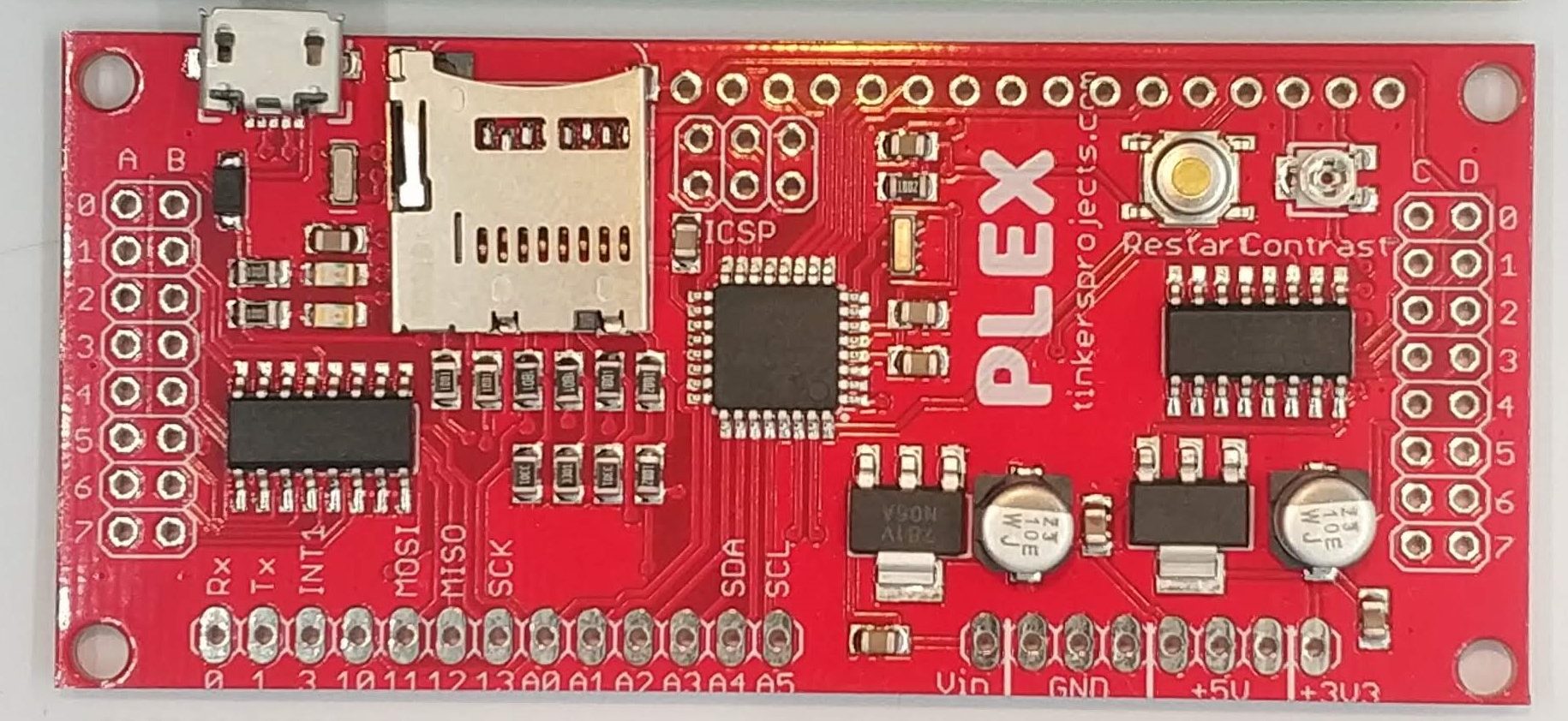
Plex is an Arduino compatible development board, which started out as designs for a particular project but became really appreciated by the community and morphed into a full-blown open source development board, which has been used in several projects where the speed of development, reduced complexity, and elegance are critical. It is based on the Arduino UNO bootloader so it can be easily programmed through the Arduino IDE.
Plex comes with several features including up to 32 selectable analog inputs and digital outputs. This is excluding the pins used for connecting the LCD which is the same dimensions as a 16×2 LCD and is plug and play. Some of the other features of the board include a microSD storage, which when used, decreases the available GPIO pins to 16.
The development board can be powered from a 12V adapter and it is capable of regulating and supplying 5 and 3.3V to connected components. Plex is programmed using the Arduino IDE via an onboard microUSB connector.
Features:
- 32 Inputs and Outputs: The board has up to 32 selectable analog inputs and digital outputs not including connections to the LCD.
- Micro SD Storage: By decreasing the inputs and outputs from 32 to 16 will allow the SD storage to be used. This can be used for controlling, data logging or any other function.
- 5V and 3.3V regulation: Most Arduino devices use either 5V or 3.3V to power them and this board can deliver this power to them. The board can regulate up to 12V down to 5V and 3.3V.
- LCD Display: This board is the same dimensions as a 16×2 LCD and attaches seamlessly to the back of it.
- Micro USB interface: The Micro USB can be used to program the Atmega328 microcontroller with the Arduino IDE. It can also be used for debugging and other serial functions
- Arduino UNO bootloader: By using the Arduino UNO bootloader, the controller can be programme
As proof of its versatility, the plex has found application in several projects including;
A DMX Light Controller
The controller which is based on Plex allows different settings to be implemented for connected light sources. Different modes including color fading, color stepping, solid color, and DMX can be achieved, with its primary use being on stages or. Details on the project can be found here.
HDD 2 in 1 Spinner
This spinner uses parts from HDDs, coating PCBs or other flat things in a somewhat even coat of liquid. The spinner uses brushless motors from HDD to achieve its low torque motion and can be used as a magnetic stirrer when magnets from HDD are attached. More on the project is available here.
CNC Plasma Cutter
Another popular project in which the Plex was used is in the design of a DIY CNC Plasma Cutter, in which the Plex board was used as a Controller for the plasma cutter. More on the project can be found here.
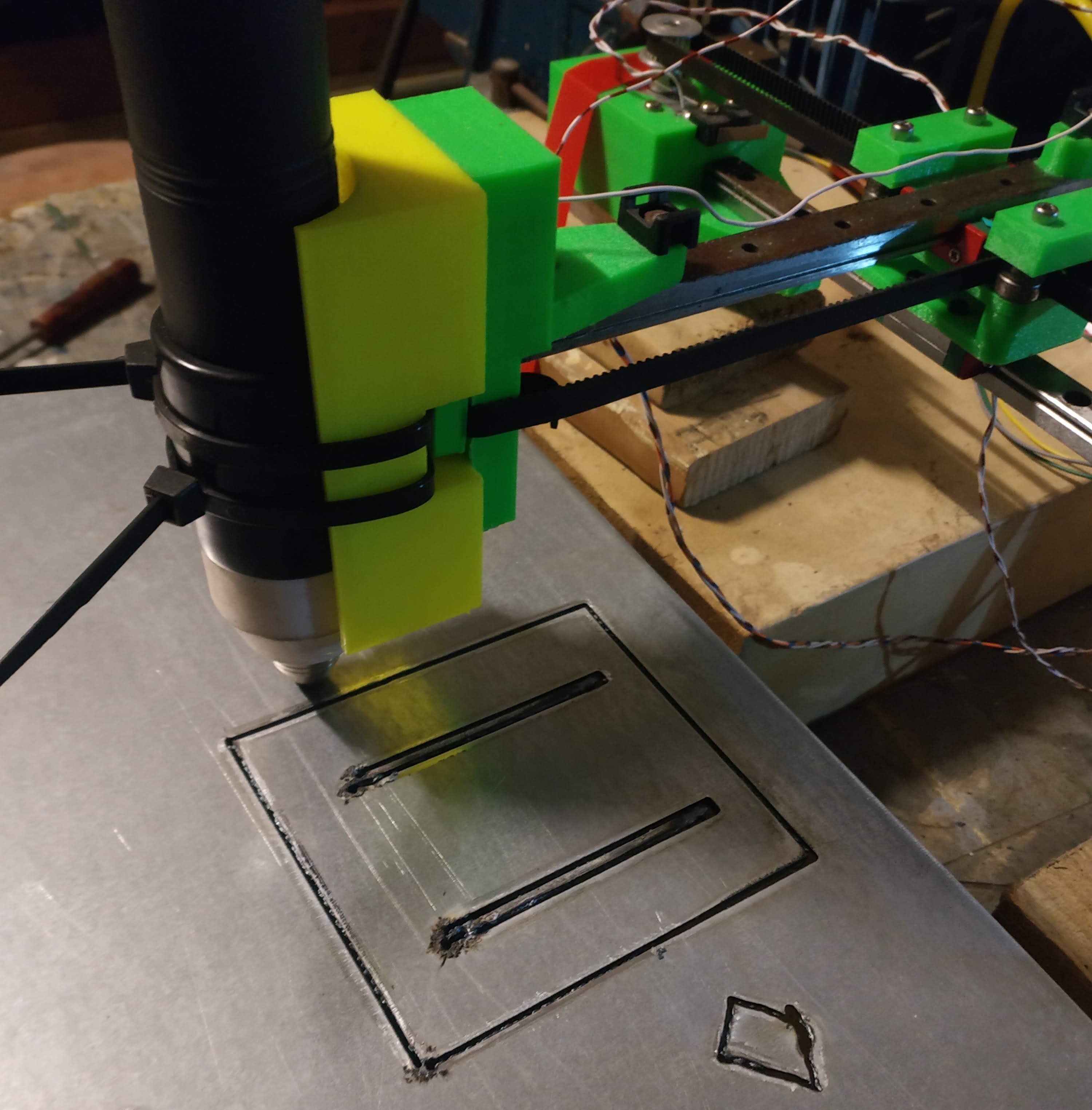
The Plex has featured in several other applications including industrial applications. More details, applications and use cases for the Plex board can be found here.


